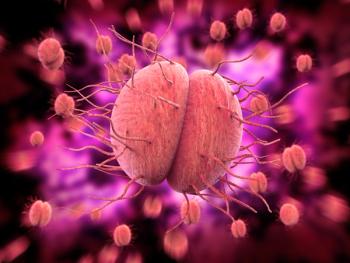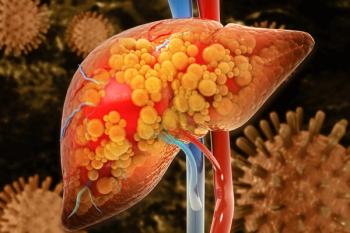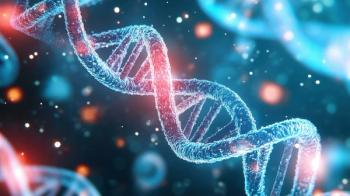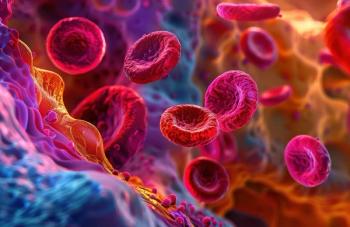
Drug Resistance Mutations Increasingly Showing Up in Germany Among HIV-Positive Individuals
Despite the known benefits of antiretroviral therapy, the treatment may prove more difficult to use among clusters of patients with HIV exhibiting resistance to certain drug classes.
An analysis of partial pol sequence (HXB2 position 2550-3356) data from 1397
The drug classes are nucleoside reverse transcriptase inhibitors (NRTIs) and nonnucleoside reverse transcriptase inhibitors (NNRTIs), and the most common shared mutation was K103N (47.4%). Coupled with the lack of data on the dynamics and patterns of HIV transmission in these areas is the public health concern around DRMs, which prompted the investigators’ analysis.
Patients from the study were receiving routine care at 7 university hospitals in 6 metropolitan areas in Germany between 2001 and 2018: Boon, Cologne, Frankfurt, Hamburg, Hannover, and Munich. Most were men (82.9%; n = 1158), from Germany (69.6%), infected with HIV-1 subtype B (72.9%), and men having sex with men (MSM; 56.7%). All had to be ART-naïve with a newly diagnosed case of HIV-1.
“This conservative approach excluded participants for whom the exact start date of ART or history of prior ART was not accurately documented,” the report noted.
Using blood samples collected before ART began, the investigators found that at diagnosis, an overall 17.8% (95% CI, 15.7%-19.8%) had any DRM. Per region analyzed (P < .001), Hannover had the highest individual rate, at 31.4% (95% CI, 24%-38%), and Munich the lowest, at 9.1% (95% CI, 5%-13%).
Of the DRMs noted, the most common were associated with NRTIs (12.3%) and NNRTIs (8.9%). Within these classes, the most common mutations were K103N (25%) and G190A (6.5%) for NNRTIs and M41L (14.5%) and T215S (10.5%) for NRTIs.
Further analysis revealed there were 102 transmission clusters. Among these clusters, the following were identified:
- Bonn, Cologne, Munich, and Frankfurt combined had the largest cluster: 12 patients.
- Likely ages of clustering were younger than 25 years (adjusted OR [aOR], 4.38; 95% CI, 2.55-7.52; P < .001) and 25 to 45 years (aOR, 1.91; 95% CI, 1.36-2.678; P <.001) vs patients older than 45 years.
- Among patients younger than 25 years, a higher proportion shared DRMs (3.5%) compared with older patients, both those 24 to 45 years (1.5%) and those older than 45 years (0.5%).
- Clustering was more common among cases of HIV-1 subtype B vs non-B subtype (aOR, 4.05; 95% CI, 2.37-6.90; P < .001).
- Despite the cities’ proximity, Bonn participants were genetically linked more often than Cologne participants (aOR, 1.63; 95% CI, 1.06-2.49; P = .025).
- Cologne patients shared 16 of the 47 sequences with a DRM.
- The second most common shared DRM was D67N (31.6%).
Of the cities investigated, Munich, Cologne, and Frankfurt had the top 3 highest rated of new HIV-1 infections, as of 2017, at 17.3, 13.3, and 12.3 cases per 100,000 population, respectively.
“Such resistance might be an upcoming challenge as PrEP use increases,” the report concluded. “Monitoring for HIV infections with these mutations is of utmost importance for preventing an epidemic among high-risk PrEP users; one mitigation is to consider alternative PrEP regimens in regions with high resistance.”
Reference
Stecher M, Chaillon A, Stephan C, et al. Drug resistance spread in 6 metropolitan regions, Germany, 2001-2018. Emerg Infect Dis. 2020;26(10):2439-2443. doi:10.3201/eid2610.191506
Newsletter
Stay ahead of policy, cost, and value—subscribe to AJMC for expert insights at the intersection of clinical care and health economics.












































